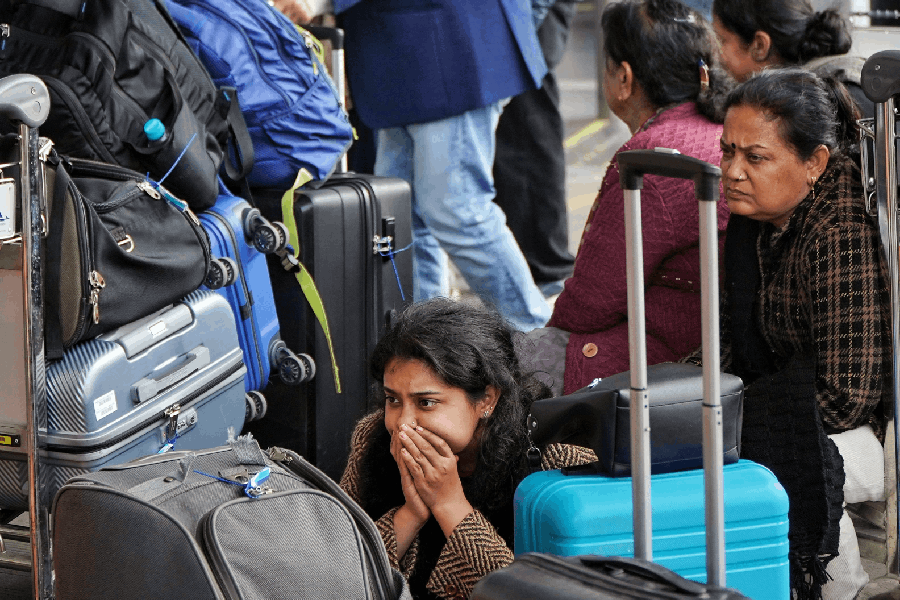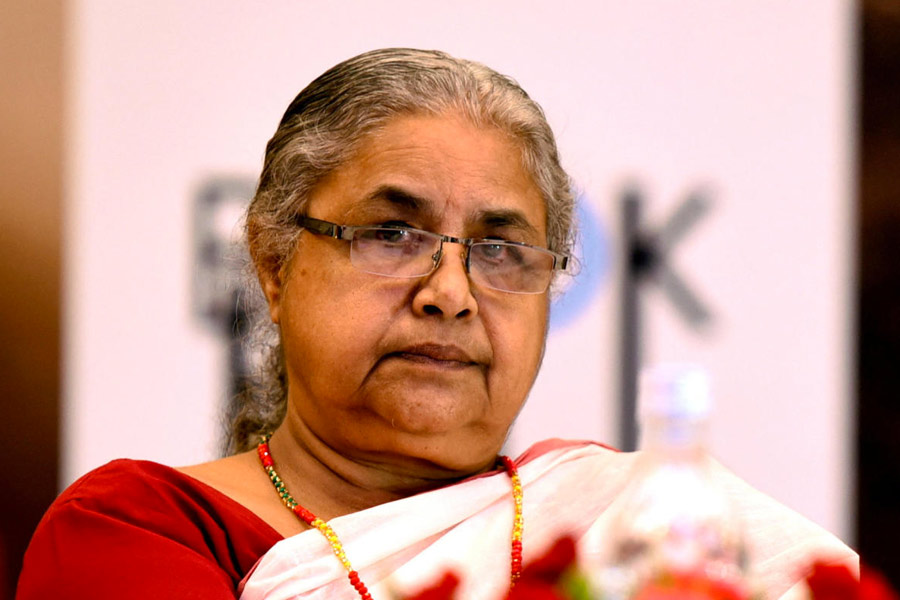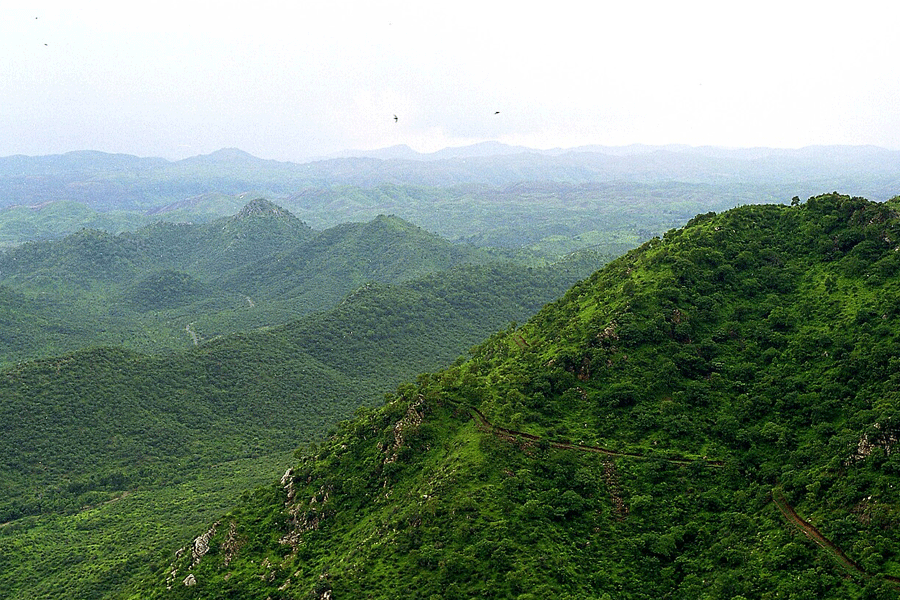The World Bank has just come out with a comprehensive review of India’s growth story over the past half-century. It shows that economic growth steadily accelerated over the 50 years, from 3 to 7 per cent a year; growth per capita correspondingly accelerated from 1 to 5 per cent. Agricultural growth was close to 3 per cent throughout; industrial growth accelerated from 4 to 8 per cent, and growth of services from 6 to 10 per cent. Growth also became more stable; standard deviation of the growth rate fell from 1.4 to 0.4 in the 1970s and 1980s, and has remained at the low level since. Both the growth acceleration and stabilization were well spread spatially across states. Between 1971 and 1992, India’s share of world income fell from 2 to 1 per cent; then it rose from 1 to 3 per cent by 2016. Faster growth was accompanied by a fall in the share of consumption from 80 to 60 per cent of the gross domestic product, and a corresponding rise in the share of investment from 15 to 25 per cent. The share of imports and exports in GDP was under 4 per cent in 1971; by 2016 it had risen to 20 per cent.
After the global financial crisis of 2008, however, the shares of investment and foreign trade levelled out, and showed signs of declining. Growth also slowed down: it rose from 4.3 per cent in 1971-1993 to 8.8 per cent in 2004-2008, and then came down to 7.1 per cent in 2009-2017. Growth slowed down in other developing countries also, but India’s slowdown was sharper. It was led by fixed investment, especially private investment.
Why did it slow down? One important factor was bank credit, the growth of which fell from a peak over 30 per cent in 2007 to 5 per cent in 2017. It was obviously connected to the rise in non-performing assets. In 2008, they were 2 per cent in private as well as public sector banks; by 2017 they had risen to 4 per cent in private banks and 12 per cent in government banks. The government has decided to invest new capital in its banks, and enacted an insolvency and bankruptcy code to shake up bad debtors; it is also considering merging good and bad banks, and creating a “bad bank” — that is, transferring banks’ bad debts to a new institution which would concentrate on recovering the debts.
What should be done next? The World Bank warns against using conventional “countercyclical policies” including fiscal and monetary policy and exchange rate depreciation. It thinks that conventional policies would not work against India’s basic problems, which are structural. Surprisingly, it stops there: it offers no more specific, positive policy recommendations. This is unusual; what made the World Bank so shy? My guess is that it tried out its suggestions on the government and found they were unwelcome. The government has got rid of two good economists, namely Arvind Subramanian as chief economic adviser and Urjit Patel as governor of Reserve Bank. The finance ministry’s economic surveys are silent on policy direction. The finance minister has been consistently self-satisfied; and given the respectable growth and huge foreign exchange reserves, no external events are likely to dent his complacency. So economic policy is likely to continue to suffer benign neglect.
Is this neglect appropriate? Or is the government neglecting tasks and opportunities? I believe it is. For one thing, its regulator has killed off the capital market as a source of equity; as a result, India has few large firms that are prepared to innovate and expand across the world. India has plenty of small firms, which it prefers to call micro, small and medium enterprises. But they do not grow into large firms that can compete with multinational enterprises. Market is not the problem; India is supposed to have the world’s fourth largest economy. It is finance. The Securities and Exchange Board of India makes it difficult for a firm to go public and issue shares unless it has the patronage of one of the public sector financial enterprises; and the latter are themselves losing business because the public enterprises they financed are no longer growing. Sebi has also made such complex rules that businessmen avoid capital issues rather than take the risk of breaching the rules. It is one of the biggest regrets of my life that I empowered Sebi by persuading the finance minister at that time, Manmohan Singh, to transfer the ministry’s powers over capital issues to Sebi. A finance minister would be doing an enormous service to India if he closed down Sebi. But he would need to have the guts to do so: hardly any do.
For another, India trades remarkably little with its neighbours. I have shown that big countries are the dominant trading partners for their small neighbours — the United States of America for Canada and Mexico, for instance. India is one elephant that trades little with its neighbours — and as a result, trades little altogether. This is to some extent owing to enormous red tape, which is very conducive to generous corruption. India should close down customs, and open its frontiers to flows of goods, services and people.
Third, India has few airports and deep-water ports. The National Democratic Alliance government had made plans to develop both, but made little progress. There is no point in investing in them unless international trade expands to keep them busy; but as I said, the cupidity of customs will continue to prevent the growth of international trade.
Fourth, India receives surprisingly few foreign visitors. It received 13 million international tourists in 2015. Tiny Macao, which has nothing but casinos to offer, attracted 16 million, Hong Kong next door attracted 26 million, and China, which sent the tourists to both these cities, attracted 56 million. Again, red tape is the answer: getting an Indian visa is such pain; and good hotel accommodation is so expensive.
Finally, India has greatly expanded its education and health services, but their quality remains poor. There is far too much government interference in education. The government licences universities; it has licensed hundreds, and tied them up with rules that keep their standards low. It should lighten its touch; it should invite foreign investment, which would bring in new technology and management practices. The Indian health sector does better, and does attract patients from abroad; but it has invested a lot in huge, expensive hospitals, and too little in primary healthcare. India has low-cost physicians, nurses and medicines; it could create a healthcare sector that is based on smaller enterprises and has low costs.
This is a short list; I could add more things to do which are also important. But there is no point, since it is unlikely that any of them will be done. Our governments are so sluggish that they would take years to act on even this list. There is no point in wasting one’s thoughts on what governments will not do. We could import all kinds of enterprises and institutions — universities, hospitals, hotels, you name it. But we cannot import governments. The world’s largest democracy is stuck with a number of poorly performing governments; they are the main obstacle to the improvement of many services.












